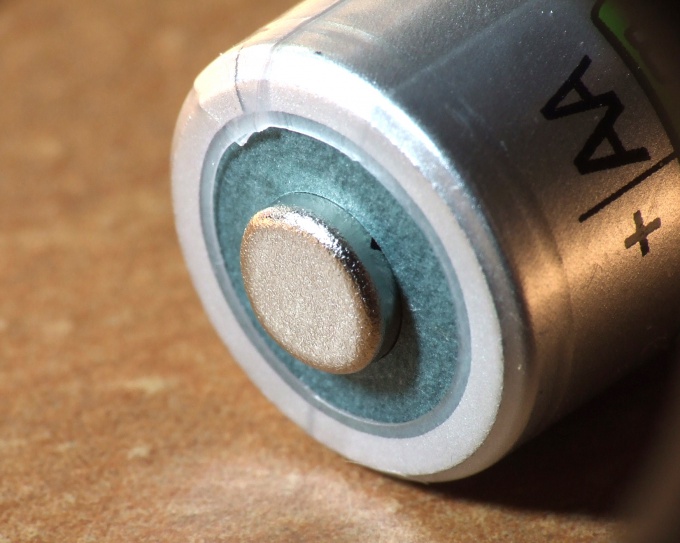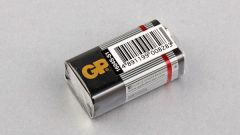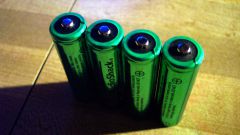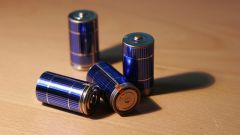Instruction
1
Before you make any transactions for charging accumulators of size AA, make sure:
before you do the batteries, not the batteries;
- what batteries are Nickel-cadmium or Nickel-metal hydride, not any more.Remember that the presence of the word "charge", "recharge" or "rechargeable" does not always says that the device is a battery. They can be part of the revs "not rechargeable", "non-rechargeable", "do not recharge" or similar. All this warnings about that before you battery and that the charge does not have to.
before you do the batteries, not the batteries;
- what batteries are Nickel-cadmium or Nickel-metal hydride, not any more.Remember that the presence of the word "charge", "recharge" or "rechargeable" does not always says that the device is a battery. They can be part of the revs "not rechargeable", "non-rechargeable", "do not recharge" or similar. All this warnings about that before you battery and that the charge does not have to.
2
Look at the battery capacity symbol. Usually it is expressed in milliampere-hours. Ensure that it is in amp-hours. Divide the resulting number by ten. You will get the rated charge current, expressed in amperes. For example, the capacity of the battery is 1500 mAh, or equivalently, 1.5 Ah. Then the charge current is 0.15 A.
3
To charge the batteries of size AA, it is more rational not in pairs as is usually done, but one at a time. The power source for use with an output voltage equal to 3 V.
4
Series with each of the rechargeable batteries include a resistor whose value calculate in the following way. Since the voltage of the discharged battery is 1.1 V, and a power source - 3 V, the voltage drop across the resistor at the beginning of charging will be 1.9 V. Divide this value by the charging current, expressed in amperes, you will receive the value of the resistor expressed in ohms. By the end of the charging, as the battery voltage rises, the charge current it will slightly fall.
5
Calculate the minimum wattage of the resistor. To do this, multiply the voltage drop across it to the current charge. If the latter is expressed in amperes, the power obtained in watts.
6
Connect the battery in series with a resistor to the power source in the polarity corresponding to the same indicator of the source. Keep charging for 15 hours.



